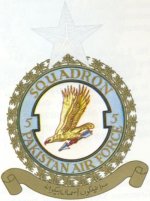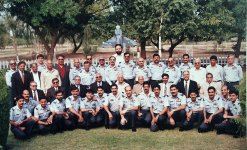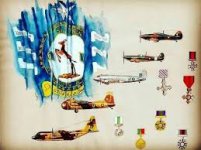Fatman17
THINK TANK: CONSULTANT
- Apr 24, 2007
- 37,451
- 43,829
- Country of Origin

- Country of Residence

1 Squadron
The No. 1 Fighter Conversion Unit at Mianwali is the first stop for students fresh from the PAF Academy at Risalpur and it is here, on the Shenyang FT-5, that they begin the process of learning how to become a fighter pilot. In theory, the FT-5 can be called upon to participate in combat - it has a 23 mm gun plus a simple radar -ranging gunsight and can carry two AIM-9 Sidewinder infra-red homing air-to-air missiles - but one is inclined to think that there wouldn't be too much enthusiasm about the prospect of going to war in it.After the introduction of chinese fighters in the PAF, there was a growing need to have a lead-in jet trainer to give the newly graduated pilots from the academy an introduction to chinese systems before they flew the F-6s. accordingly, the FT-5 aircraft was inducted to fulfill this requirement, and No1 FCU was established on 28th April 75 to train pilots for the F-6 - and later the A-5 - weapons systems. the FT-5s gradually took over most of the tasks of No2 FCU's T-33's which were reassigned target towing and other duties.
The unit started functioning at PAF Base Masroor, under the command of SL Ethisham Akram; in November it was shifted to PAF Base Mianwali. The conversion from American to Chinese training stream created its own demands; moreover, all the literature pertaining to the new aircraft was in chinese and the operating procedures had to be developed from scratch. This task was accomplished by the unit in an efficient manner, the Dash One being written by Flt/Lt's Sikandar, Rizwan and Zakaullah Khan; the check-list was compiled by Flt/Lt. Shams Noor-ul-Hasan.
The duration of a fighter conversion course was set at six months and initially 6 FT-5s were allocated to No1 FCU; this number was progressively increased to 25. Admin & Logistic support was provided by PAF Base Mianwali.
The unit had conducted a total of more than 22 courses upto 31 December 1987, starting with 59th GD(P) Course. to date, nearly 500 pilots have completed their training at No 1 FCU successfully, with four fatalities. in addition the unit has been regularly taking part in major command level excercises such as Jetstream, Lightening and Highmark.

The candidates who are able to meet the standards of general service training, flying and academic are commissioned as Flying Officers in GD (P) Branch of the PAF. The graduation parade, a memorable experience for the Aviation Cadets, marks the end of their training at the Academy. They are now ready to join fighter conversion units where they further develop their flying skills on more demanding and advance jet aircrafts. After successfully completing this conversion, the budding pilots are taken a step further; through Fighter Conversion Unit (FCU) and Operational Conversion Unit (OCU), where they learn to master the frontline combat aircraft of the PAF. In these units the pilots are subjected to most critical and formative stages of training. Here, for the first time, they are taught skills without which they cannot survive, an eagle-eyed ability to search the sky for the enemy, "dog fights" with simulated "enemy" aircraft, and the skill to shoot accurately.
After achieving the desired standards of proficiency in the fighter and operational conversion phases, the officers are now qualified to join the frontline combat squadrons of the Air Force as young operational pilots. It is in these squadrons that they truly grow into air warriors, a closely knit combat team, getting airborne in their highly lethal supersonic machines to practice air combat maneuvering, weapons delivery, tactical air support to land forces and many other types of wartime flying. In these squadrons they continue to strive day and night towards higher level of professional skill so that they may remain ready to follow in the glorious footsteps of their predecessors.
|
Source:
GlobalSecurity.org
GlobalSecurity.org

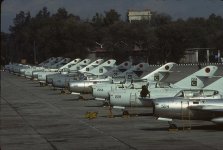
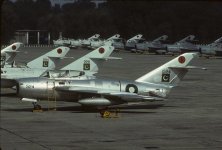
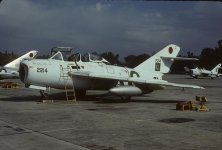

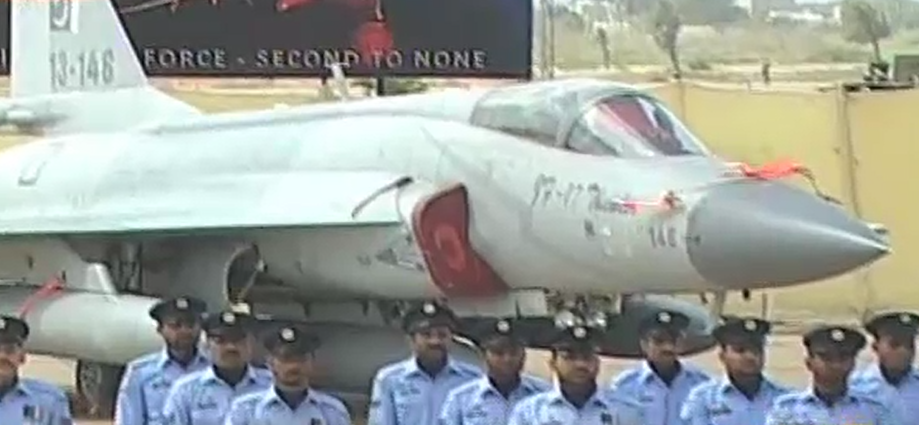

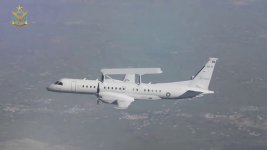
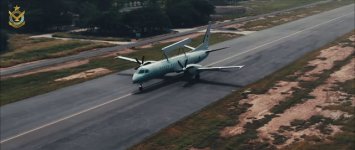



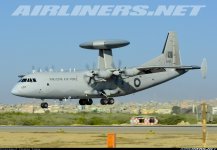




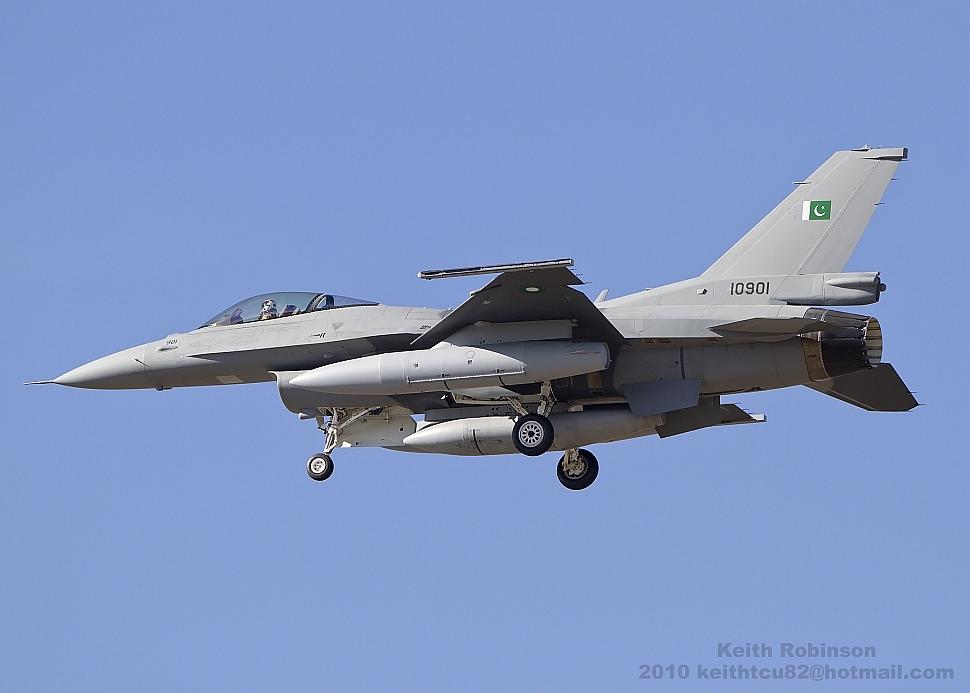
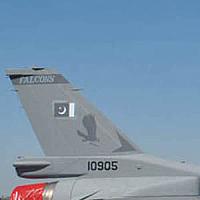
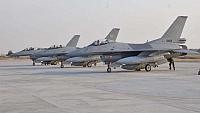


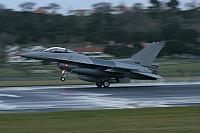
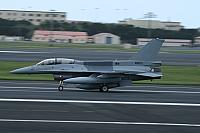



+aircraft+USA+PAF+BaseShahbaz+(1).png)

